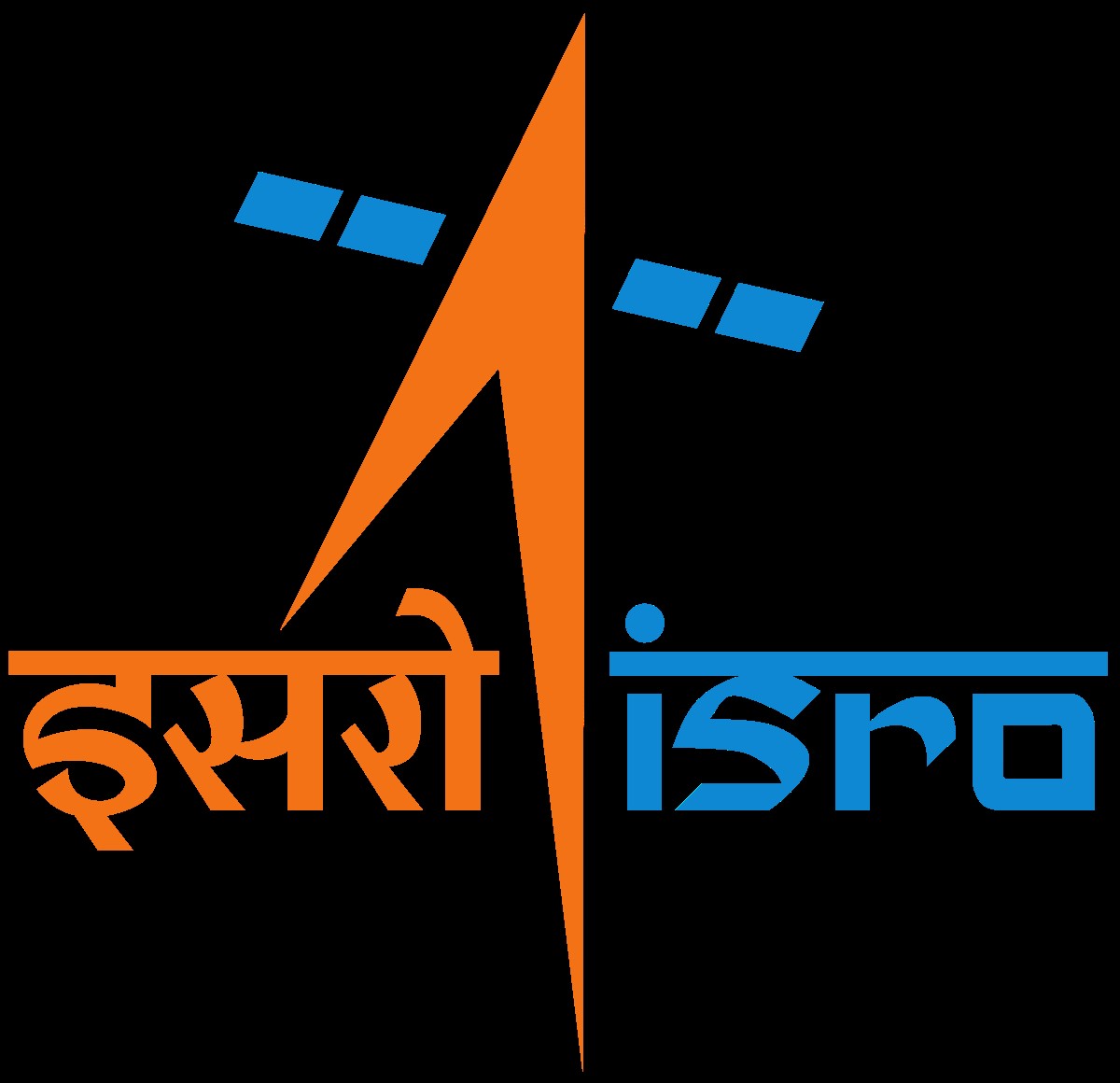
Indian Space Research Organization (ISRO)

30.11.2023
Indian Space Research Organization (ISRO) , Daily Current Affairs , RACE IAS : Best IAS Coaching in Lucknow
|
For Prelims: Main reasons for landing at the South Pole,Important points,Importance,About ISRO For mains paper:Historical background of ISRO,Major Achievements of ISRO |
Why in the news?
Recently ISRO has decided to land Chandrayaan on the south pole of the Moon for water molecules.
Important points:
- Water molecules could be used as a resource for fuel and the organization could make the best use of the Moon's escape velocity of 2.38 km/s to reach other planets.
- India has a road map ready for its space programs till 2047.
- ISRO wanted to establish its space station by 2035.
Main reasons for landing at the South Pole:
- The Indian Space Research Organization (ISRO) has revealed that it has chosen the South Pole of the Moon as the landing site for its Chandrayaan-3 mission due to the presence of water molecules found in the region.
- According to P. Veeramuthuvel, ISRO's project director for Chandrayaan-3, the south pole of the Moon provides a favorable environment for water molecules to remain in a stable state.
- The Moon's south pole is a permanently shaded region, meaning it never receives direct sunlight. This permanent darkness helps preserve the water molecules present in the lunar regolith.
Importance:
- The detection of water molecules on the Moon is an important discovery, as it opens up new possibilities for future human exploration and resource use.
- Water is an essential resource for human survival, and its presence on the Moon could potentially support long-term human settlements.
- Additionally, water could also be used as a propellant for spacecraft, reducing the need to transport fuel from Earth.
About ISRO:
- The Indian Space Research Organization (ISRO) was established in 1969.
- It is a space agency under the Department of Space of the Government of India, headquartered in Bengaluru city of Karnataka.
- Its objective is to harness space technology for national development by advancing space science research and planetary exploration.
- Antrix Corporation Limited (ACL) is a marketing arm of ISRO for promotion and commercial exploitation of space products, technical consultancy services and transfer of technologies developed by ISRO.
- Shri S.Somnath is the current Chairman of ISRO.
Historical background of ISRO:
- ISRO was earlier the Indian National Committee for Space Research (INCOSPAR), established by the Government of India in 1962, as envisioned by Dr. Vikram Sarabhai.
- ISRO was formed on August 15, 1969 and superseded INCOSPAR with an expanded role to harness space technology.
Major Achievements of ISRO:
- The first Indian-made sounding rocket was the RH-75 (Rohini-75).
- The first Indian satellite, Aryabhata, was built by ISRO.
- Development of PSLV (Polar Satellite Launch Vehicle) to place satellites in polar orbits and GSLV (Geosynchronous Satellite Launch Vehicle) to place satellites in geostationary orbits.
- ISRO also launched the first IRS (remote-sensing satellite) in 1988.
- ISRO launched its first lunar mission Chandrayaan I in 2008.
- In January 2014, ISRO used the indigenously built cryogenic engine for the GSLV-D5 launch of the GSAT-14 satellite, making it one of only six countries in the world to develop cryogenic technology.
- It also launched the Mars Orbiter Mission (MOM) or Mangalyaan in 2014.
- India launched Chandrayaan-2, its second lunar exploration mission after Chandrayaan-1, on 22 July 2019.
India to launch Chandrayaan-3 in 2023.